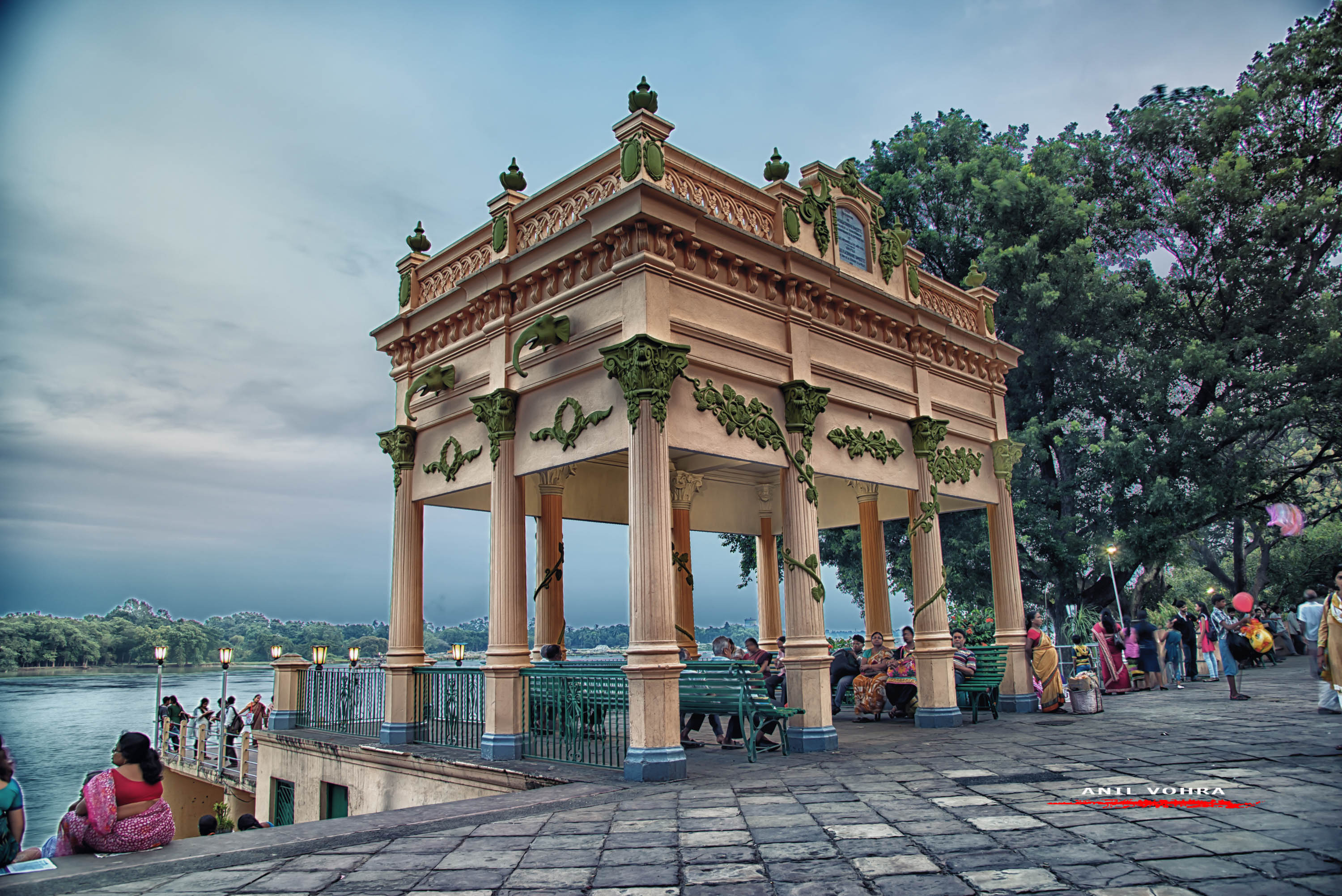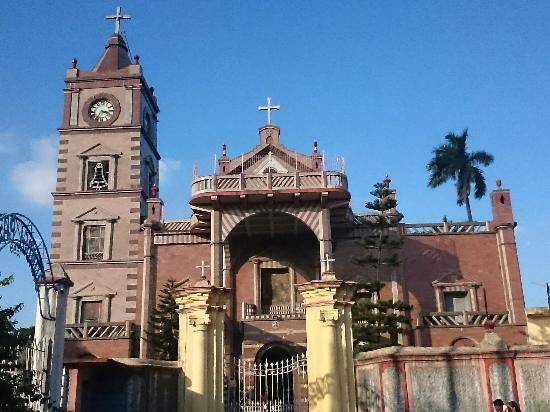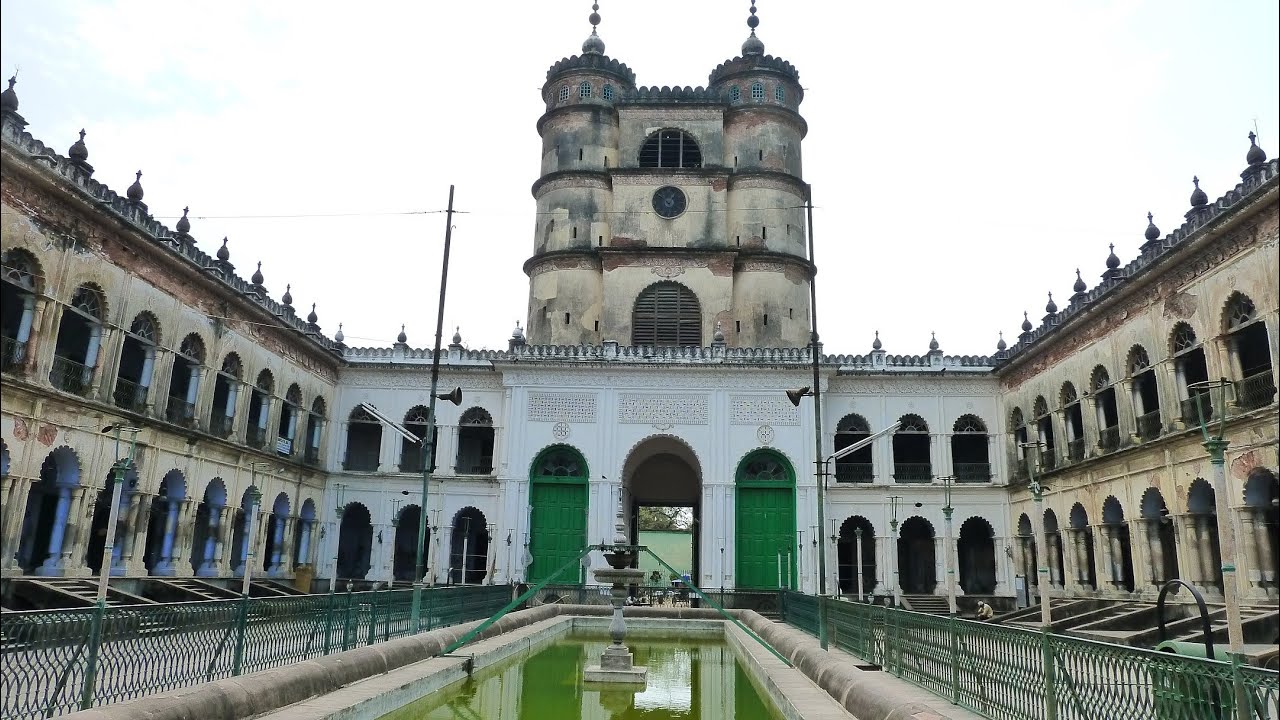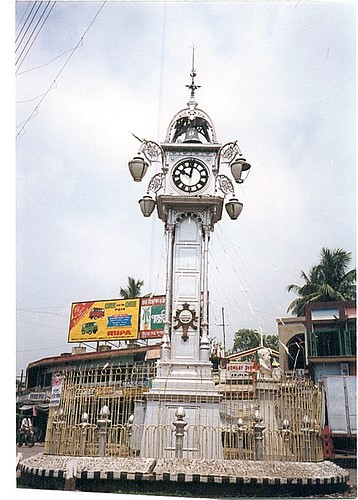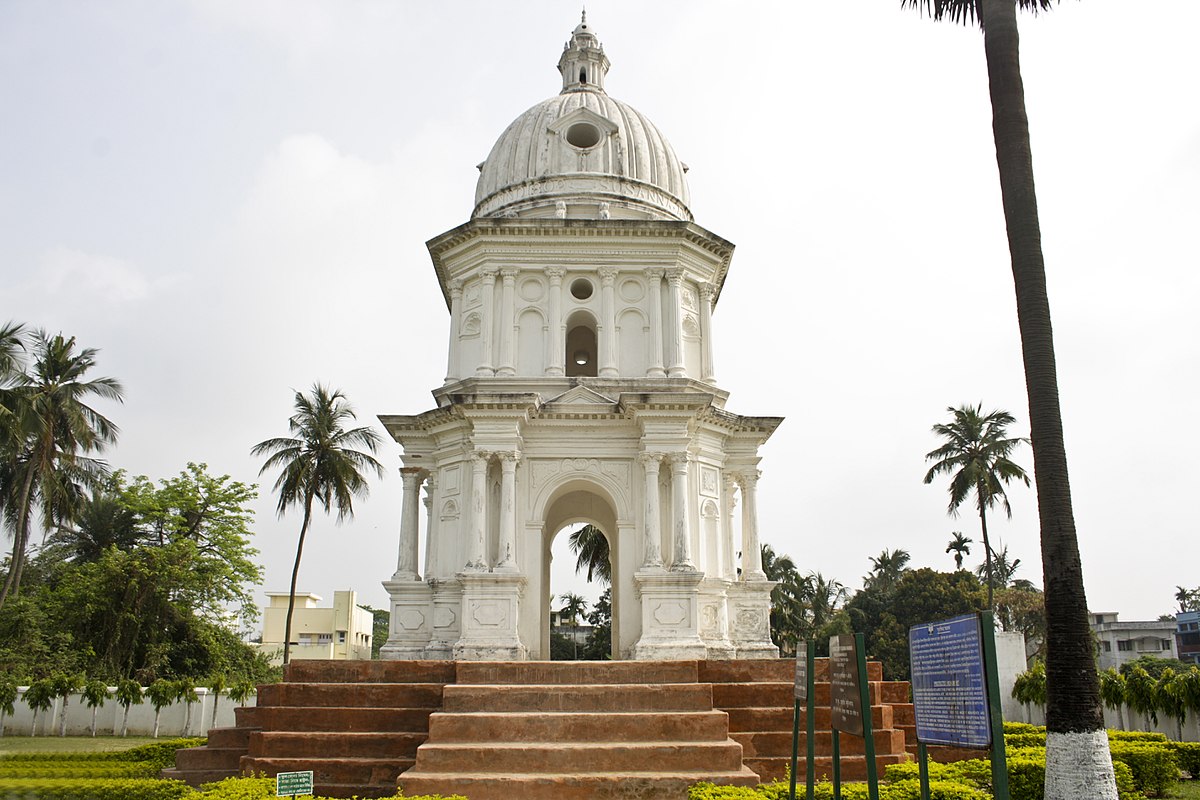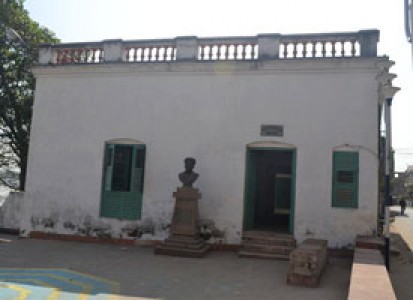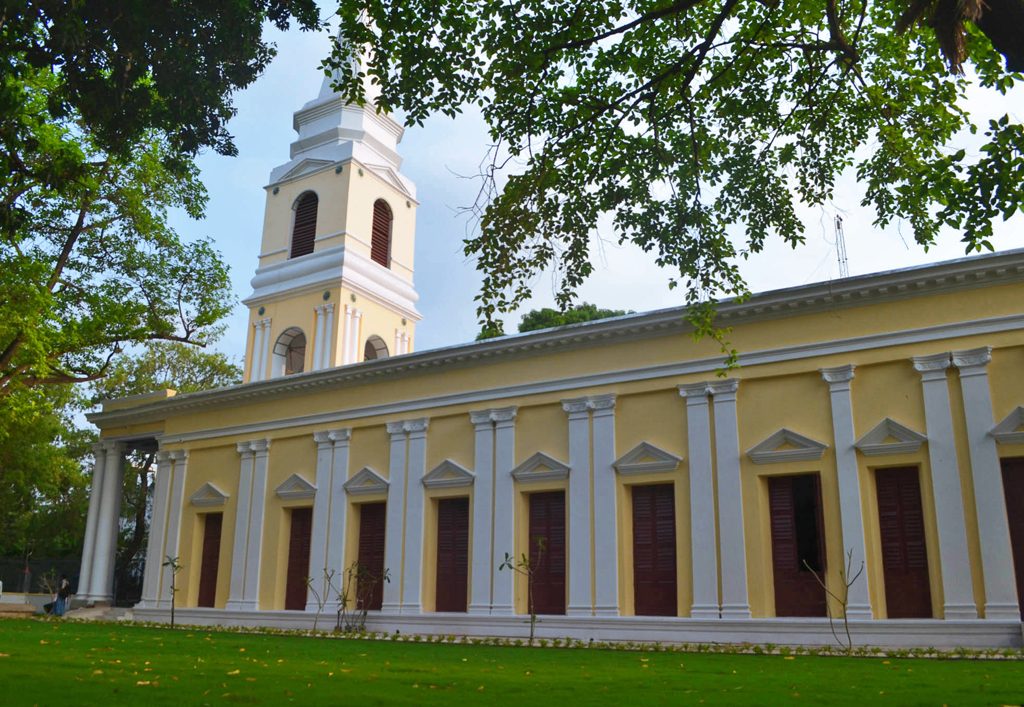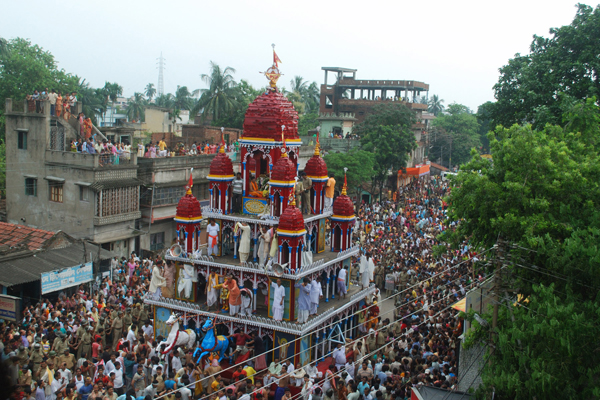CHANDANNAGORE STRAND
Chandannagore Strand is a beautiful tourist spot along the banks of the river Ganges. It is about 1 km in length and 7 m in width, and many buildings with historical importance surround the spot. This is a place where people love to take a walk and gaze at the sailing boats in far waters. This is the best decorated bank of the river, along its entire stretch. A meditation center has been also erected here.
